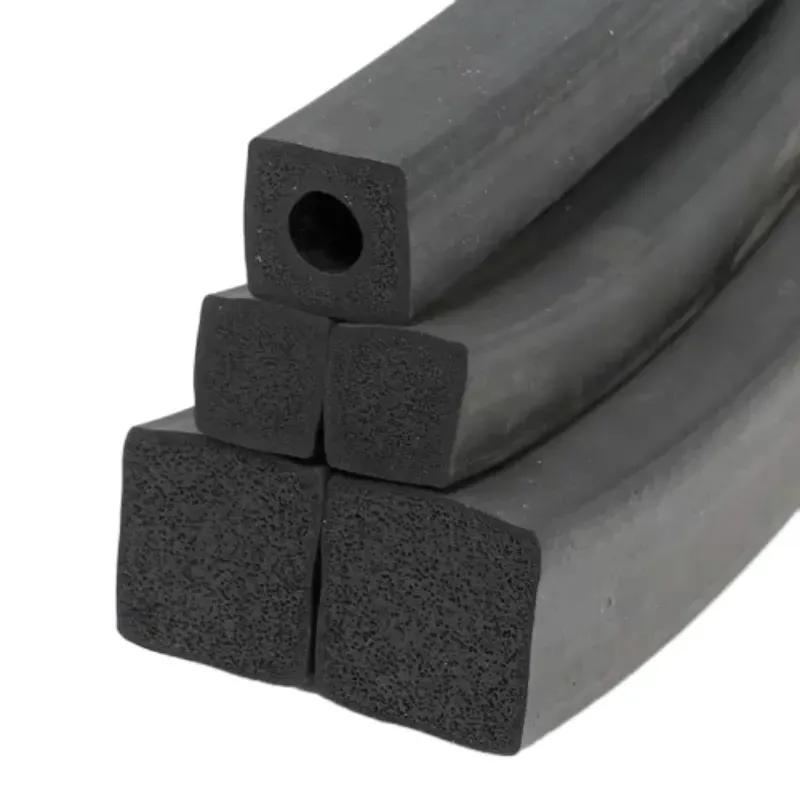The application and importance of door bottom drain exclude in winter
With the arrival of winter, the sudden drop in temperature has significantly increased the heating demand for homes and workplaces. In this season, the sealing of doors directly affects the comfort of the living environment and energy consumption. As a common door protection measure, the application and importance of door bottom draught excluder in winter should not be underestimated.

Door bottom drain exclude can effectively prevent the intrusion of cold air
In winter, the low-temperature air from the outside continuously seeps into the room through the gaps under the door, which not only lowers the indoor temperature but also increases the workload of heating equipment, leading to an increase in energy consumption. After installing the bottom seal door, it can effectively block the entry of cold air, maintain indoor warmth, and reduce heating costs.
The bottom drain exclude also plays a role in reducing noise
In winter, the sound of wind, rain, and pedestrian noise outside may disrupt the quiet indoor environment. The under door draught stopper at the bottom of the door can fill the gap between the door and the ground, reducing the input of external noise and making the living space more peaceful. This is particularly important for those who work or study from home.
Door bottom drain exclude can prevent moisture and dust from entering
In winter, rainy and snowy weather often comes with it, especially in wet weather conditions. The accumulated moisture on the ground may flow into the room through door cracks, causing the ground to become damp and even leading to the growth of mold. The installation of sealing strips can form an effective barrier to prevent the infiltration of moisture and dust, ensuring a dry and clean indoor environment.
The material and design of the door bottom drain exclude also affect its effectiveness
Common materials of under door draft stopper in the market include rubber, foam and plastic, each with its own advantages and disadvantages. When choosing, excellent cold resistance and long-lasting elasticity should be considered to ensure that the sealing effect remains effective in cold environments. In addition, when installing sealing strips, attention should also be paid to matching their size with the door to achieve the best sealing effect.
In summary, the application of door bottom seal strip is particularly important in winter. It can not only effectively block the entry of cold air, improve indoor comfort, but also reduce noise, block moisture and dust. In the face of increasing energy costs and environmental protection requirements, the rational use of door bottom seals will become a wise choice to improve the quality of home and office spaces. Therefore, as winter approaches, timely inspection and replacement of sealing strips is clearly a household maintenance task that deserves attention.
-
Under Door Draught Stopper: Essential ProtectionNewsJul.31,2025
-
Garage Door Seal and Weatherstrips for ProtectionNewsJul.31,2025
-
Edge Banding Tape for Perfect EdgesNewsJul.31,2025
-
Table Corner Guards and Wall Corner ProtectorsNewsJul.31,2025
-
Stair Nose Edging Trim and Tile Stair SolutionsNewsJul.31,2025
-
Truck Bed Rubber Mats for Pickup BedsNewsJul.31,2025
-
Window Weather Stripping for Noise ReductionNewsJul.29,2025